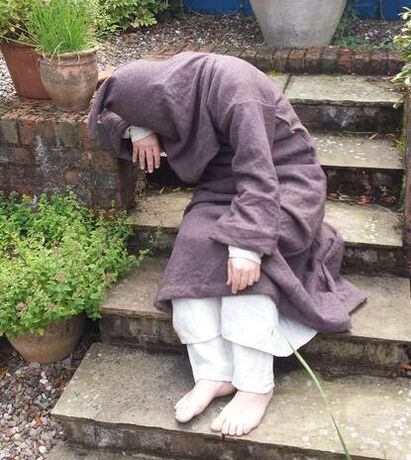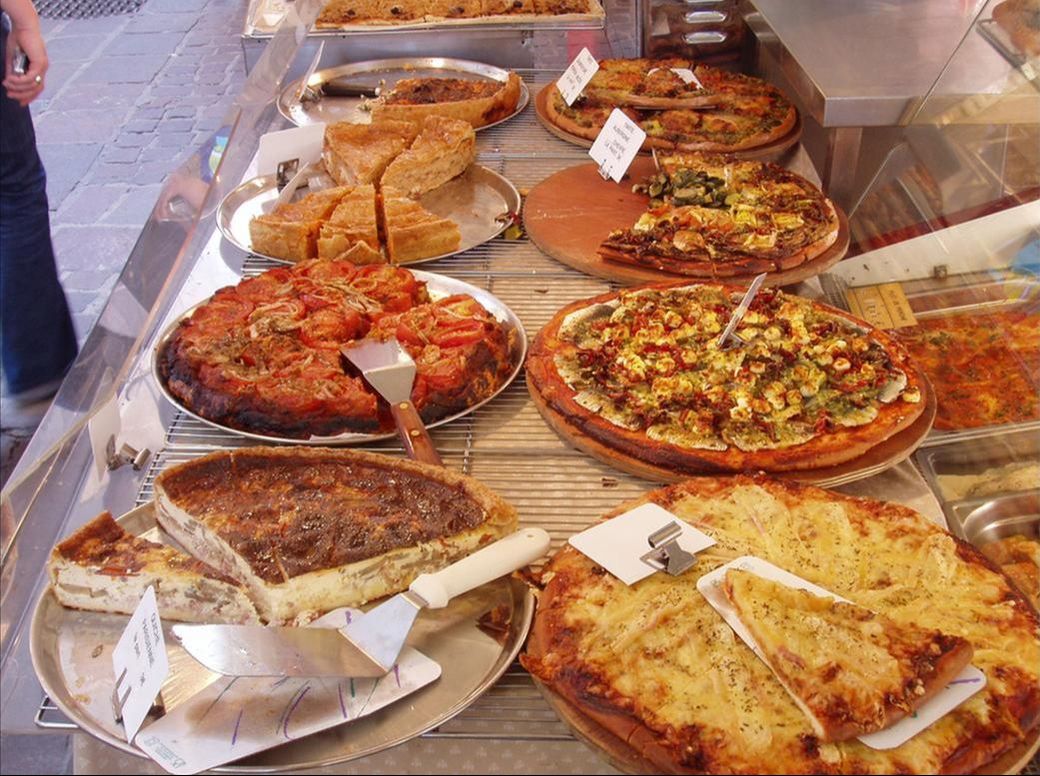|
The Anglo-Saxon Monk looks to his later Benedictine brethren to learn about hospital life – and food – in medieval Rochester Blessed readers, I must confess that the medical wizardry of your twenty-first century is quite beyond me. The other Monk of this website (I'm the holy one) told me of his recent, and marvellous, treatment in a hospital in USA for a sudden attack of something called ischemic colitis. What the physicians and nurses did with intravenous tubing was most fascinating; anaesthesia and pain killers, astounding; and it quite took my breath away when I learned about a seeing device observing parts of his anatomy I imagined would never be visited by anything, let alone a camera! But perhaps this is too much information. What I really want to discuss with you, beloved, is hospital life in medieval times. The other Monk has very kindly passed on to me some of his research he did last year on the customs book owned by Rochester Cathedral. Full of fascinating insights into a medieval Benedictine community, I was particularly impressed by the book's medical related material. And what I learned about hospital diets, well, frankly, I'm astonished... 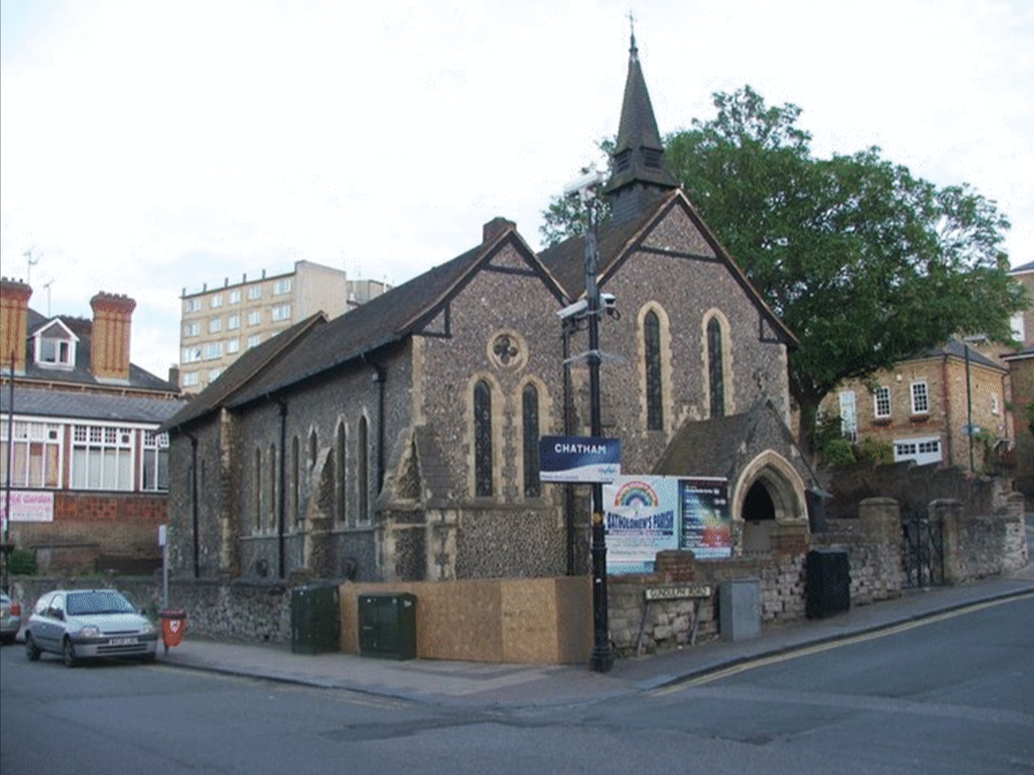 St Bartholomew's Chapel, the only surviving part of the original St Bartholomew's Hospital, which was founded in 1078. The chapel (or at least parts of it) dates back to the time of the great architect Gundulf, who was both bishop of Rochester Cathedral and prior at the cathedral's Priory of St Andrew. Gundulf was at Rochester from 1077 until his death in 1108. The chapel was completed during Ernulf's bishopric sometime between 1115 and 1124. See E. J. Greenwood, *The Hospital of St Bartholomew Rochester* (1962). Click on image for picture credit. Until very recently, St Bartholomew’s hospital in Rochester was the oldest surviving hospital in England. It was founded in 1078 for the care of the poor and leperous. Alas, it closed its doors on the twenty-third day of September, last year. During the medieval period, the hospital received its major financial support from the cathedral Priory of St Andrew. The Rochester customs book, or Custumale Roffense, provides us with information on how that support was given: 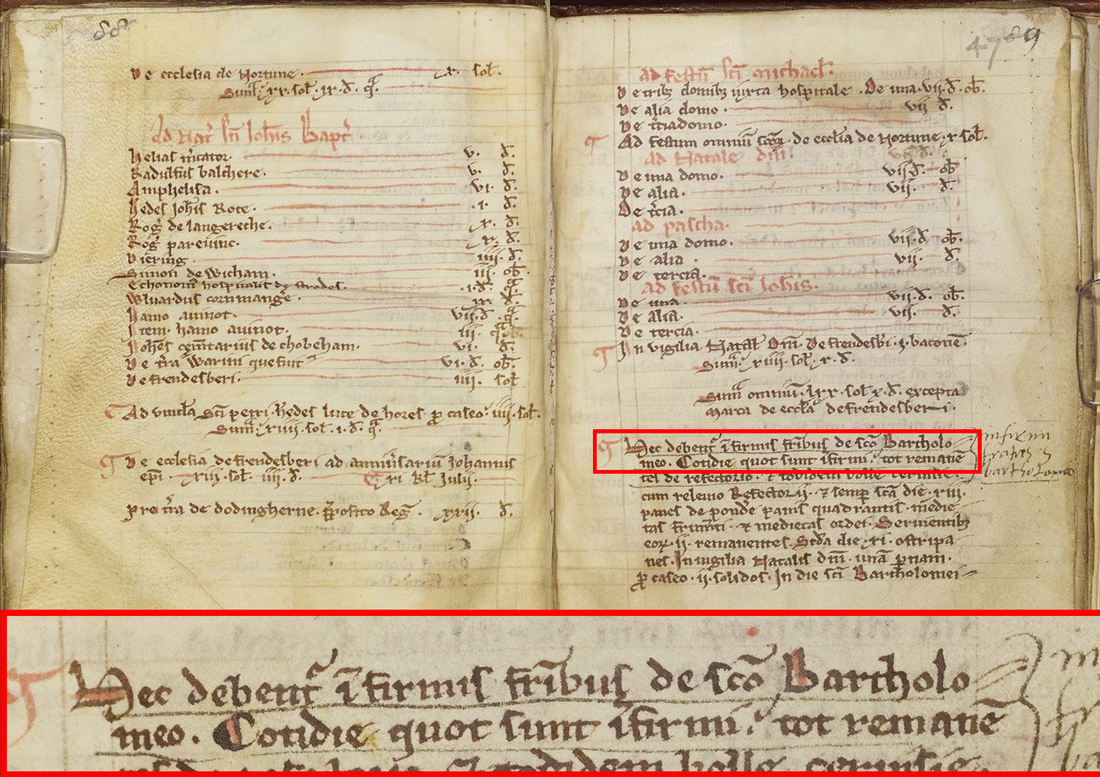 Rochester Cathedral Customs Book, Custumale Roffense (Rochester, c. 1275-c. 1325). The book is open to folio 47r, where the account about St Bartholomew's Hospital begins (bottom right). The image is courtesy of the Dean and Chapter of Rochester Cathedral. Click on the image to go to the online facsimile. Here is what is owed to the sick brothers of Saint Bartholomew Under the heading above, the customs book lists the daily food provisions to be made to the hospital from the monastery’s refectory, which amounted to the leftovers, loaves and ale ‘for as many as there are sick in the hospital’. Bread and ale, by the way, were produced by lay miller-bakers and brewers employed by the monks to work in the priory's own bakery and brewery. There were special treats on holy days, such as a ham (instead of the usual cheese) at Christmas. On the Feast of St Bartholomew, which of course was in celebration of the hospital’s own saint, the hospital received ‘every living thing which is offered [to the priory by the laity] in addition to geese’. In fact, on this holy day, the almoner (one of the monks in the monastery) received on behalf of the hospital the entire offering from ‘vespers till vespers’, from evening to the next evening. No one can say the sick went hungry. The monks took their duty to care for the sick seriously, setting aside fixed proportions of the food rents owed them by various estates which were owned by the priory. We learn, for example, that 20 seams (160 bushels, or 1,280 gallons) of grain from the total owed the monastery by the church at Stoke (in Kent) were to be delivered to the hospital on the feast day of St Michael. They were never going to run out of bread, it would seem. But there were some special treats, too, in addition to the Christmas ham. The customs book tells of the food gifts ‘in respect of the land which lies opposite the monk’s hospital in Strood’. This land had been inherited by the priory ‘from the heirs of Gaufrid son of Wimarche and others’. It was common for medieval monasteries to be gifted land by families or individuals as an act of Christian piety. And what lovely treats, due to this generous gift, were in store for the sickly souls of St Bartholemew’s. Why, I think it may have served as a temptation to – now, how would you twenty-first-century folk put it? – yes, to throw a sicky now and then. Here’s the list of what the almoner was to pass on to the hospital: ‘One simnel loaf [a simnel loaf was made with the finest white flour], a fair amount of ale or a gallon of wine, and three of the best dishes which are presented to the brothers in the refectory; and on the days of Easter and Pentecost, if possible, a flaco [a type of dairy-based flan or cake].’ I can tell you, blessed ones, a simnel loaf or a flaco has yet to pass my lips, sick or not, and not even at Easter. The odd tot or two of ale, I will admit to, and on rare occasions a sip of wine (yes, wine was available in Anglo-Saxon times), but yummy cake and dairy pastries, well I don’t know what to say. I think I may well have to do a few scientific experiments for my upcoming video blog series: ‘How to make a medieval flaco’ and 'Five things to do with a medieval simnel loaf' would be appropriately educational, do you not think? I need to get my mind off food... Ah, the spiritual welfare of the sick, was of course, paramount. We should note that the priory paid the wages for the hospital’s priest. In the thirteenth-century, at the time the majority of Custumale Roffense was written down, he was receiving 2 shillings for services rendered on each of the following: the feast day of St Michael, Christmas, Easter, the Nativity of Saint John the Baptist and the feast day of St Bartholomew. The priest's wages were not the only financial outlay for the hospital, for the customs book tells us also that ‘the wages of the servants who devote themselves to the sick’ were 8 shillings annually. This amount was relatively generous when compared to the wages paid to the attendant who worked inside the monastery’s own infirmary. He, we are told elsewhere in the customs book, received just 5 shillings. I think I should finish off our little adventure into medieval hospital life with a couple of medical treatments found near the beginning of the customs book. You never know, they may come in handy for one of you, my blessed readers. It probably seems a little odd that a work primarily concerned with the rents and dues of Rochester's priory actually provides two medical recipes. I like to think that one of the carers at St Bartholomew’s slipped the idea to one of the monks to write down a couple of pertinent cures for the brothers at the priory’s infirmary; or maybe he even passed the recipes on to the almoner there in exchange for a portion of flaco. 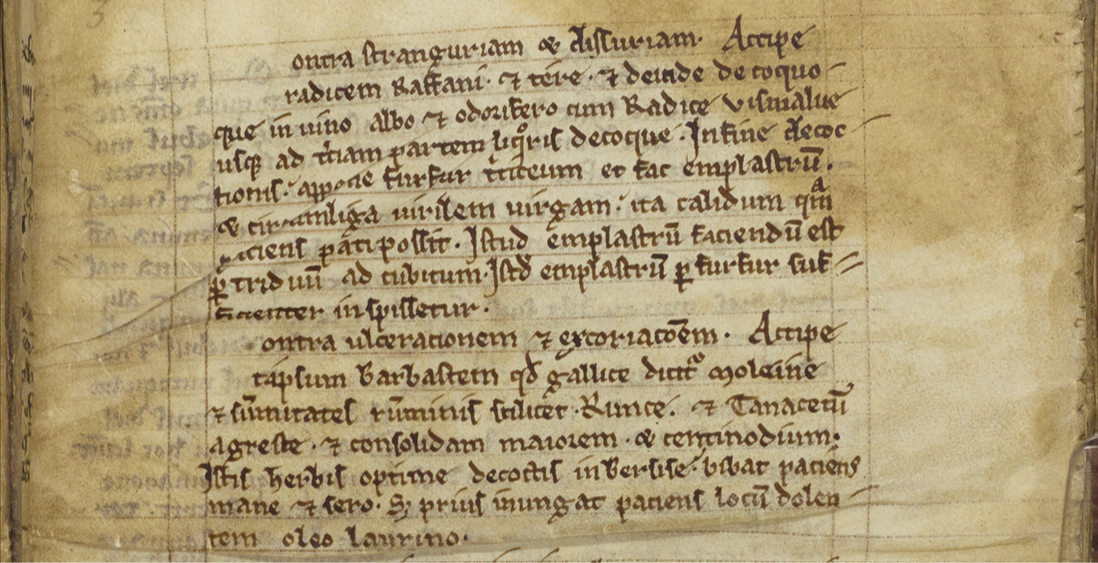 Medical recipes preserved in the Rochester Cathedral customs book. Note how the scribe forgot to add red capital letter Cs (for 'Contra') at the commencement of the first and tenth lines. Custumale Roffense (Rochester, c.1275-1325), folio 4r. Image courtesy of the Dean and Chapter of Rochester Cathedral. Click on image to go to the online digital facsimile. To counter strangury and dysuria [painful and slow urination]. Take and grind a radish root, and then boil it continuously in white spiced wine along with the root of marsh mallow until you reduce the liquor to a third. Into the final decoction add wheat bran and make a poultice, and wrap around the male member [literally, ‘virile rod’], as hot as the patient can endure. This poultice should be applied three times whilst resting in bed. The poultice may be sufficiently thickened by more bran.
2 Comments
3/9/2018 06:39:59 pm
I am often to blogging and i really appreciate your content. The article has really peaks my interest. I am going to bookmark your site and keep checking for new information.
Reply
Jim Dempsey
7/12/2019 05:34:36 pm
Thank you for all the medieval information
Reply
Your comment will be posted after it is approved.
Leave a Reply. |
Details
|

